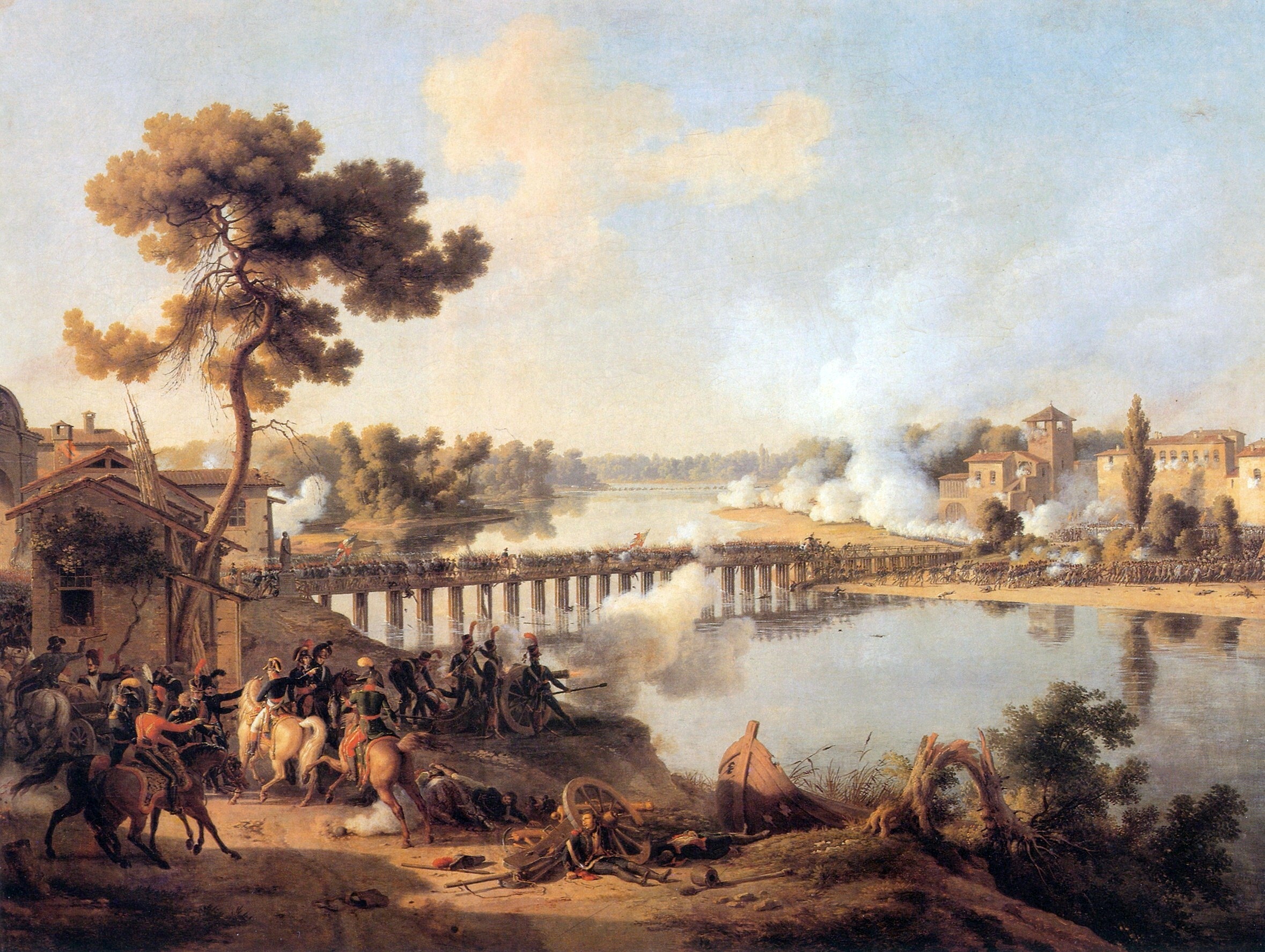|
Ottone And Acerbo Morena
Ottone and his son Acerbo Morena (died 1167) of Lodi were Italian chroniclers who wrote in Latin of twelfth-century events from a Lombard point of view in a history of Lodi, ''De rebus Laudensibus'', ("Concerning Lodi") which was begun by Ottone. Acerbo died in the outbreak of plague that attended the disorders when Frederick Barbarossa's army took possession of Rome , established_title = Founded , established_date = 753 BC , founder = King Romulus ( legendary) , image_map = Map of comune of Rome (metropolitan city of Capital Rome, region Lazio, Italy).svg , map_caption ... in July 1167. The chronicle includes verbal portraits of numerous contemporaries, including Frederick Barbarossa. Their chronicle found an anonymous continuator whose work is generally appended to theirs. Works * References *F. Güterbock, "Ottone e Acerbo Morena," ''Arch. stor. ital.'', s. VII, XIII (1930) *''Archivio Storico Lodigiano'' XXIII, s. II, 1975. Issue ... [...More Info...] [...Related Items...] OR: [Wikipedia] [Google] [Baidu] |
Lodi, Lombardy
Lodi ( , ; Ludesan: ) is a city and ''comune'' in Lombardy, northern Italy, primarily on the western bank of the River Adda. It is the capital of the province of Lodi. History Lodi was a Celtic village; in Roman times it was called, in Latin, Laus Pompeia (probably in honour of the consul Gnaeus Pompeius Strabo) and was known also because its position allowed many Gauls of ''Gallia Cisalpina'' to obtain Roman citizenship. It was in an important position where a vital Roman road crossed the River Adda. Lodi became the see of a diocese in the 3rd century. Saint Bassianus (San Bassiano) is the patron saint of the town. A free commune around 1000, it fiercely resisted the Milanese, who destroyed it in 1111. The old town corresponds to the modern Lodi Vecchio. Frederick Barbarossa rebuilt it on its current location in 1158. From 1220, the ''Lodigiani'' (inhabitants of Lodi) spent decades in constructing a system of miles of artificial rivers and channels (called ''Cons ... [...More Info...] [...Related Items...] OR: [Wikipedia] [Google] [Baidu] |
Frederick Barbarossa
Frederick Barbarossa (December 1122 – 10 June 1190), also known as Frederick I (german: link=no, Friedrich I, it, Federico I), was the Holy Roman Emperor from 1155 until his death 35 years later. He was elected King of Germany in Frankfurt on 4 March 1152 and crowned in Aachen on 9 March 1152. He was crowned King of Italy on 24 April 1155 in Pavia and emperor by Pope Adrian IV on 18 June 1155 in Rome. Two years later, the term ' ("holy") first appeared in a document in connection with his empire. He was later formally crowned King of Burgundy, at Arles on 30 June 1178. He was named by the northern Italian cities which he attempted to rule: Barbarossa means "red beard" in Italian; in German, he was known as ', which means "Emperor Redbeard" in English. The prevalence of the Italian nickname, even in later German usage, reflects the centrality of the Italian campaigns to his career. Frederick was by inheritance Duke of Swabia (1147–1152, as Frederick III) before ... [...More Info...] [...Related Items...] OR: [Wikipedia] [Google] [Baidu] |
Rome
, established_title = Founded , established_date = 753 BC , founder = King Romulus ( legendary) , image_map = Map of comune of Rome (metropolitan city of Capital Rome, region Lazio, Italy).svg , map_caption = The territory of the ''comune'' (''Roma Capitale'', in red) inside the Metropolitan City of Rome (''Città Metropolitana di Roma'', in yellow). The white spot in the centre is Vatican City. , pushpin_map = Italy#Europe , pushpin_map_caption = Location within Italy##Location within Europe , pushpin_relief = yes , coordinates = , coor_pinpoint = , subdivision_type = Country , subdivision_name = Italy , subdivision_type2 = Regions of Italy, Region , subdivision_name2 = Lazio , subdivision_type3 = Metropolitan cities of Italy, Metropolitan city , subdivision_name3 = Metropolitan City of Rome Capital, Rome Capital , government_footnotes= , government_type = Mayor–council gover ... [...More Info...] [...Related Items...] OR: [Wikipedia] [Google] [Baidu] |
Felice Osio
Felice Osio (Latin: ''Foelix Osius'', ''Felix Hosius''; 12 July 1587 – 29 July 1631), was an Italian cleric, scholar, and writer. Biography Felice Osio was born in Milan in 1587 into an ancient noble family that, according to Giacomo Filippo Tomasini, claimed to descend from Osius, high priest of the temple of Delphi. Having completed his studies with some acclaim, he studied philosophy and theology at the Borromeo College, where he received his doctorate at the age of 21. He then embraced holy orders, and, having chosen to become a teacher, lectured on humanities at the Swiss seminary in Milan, then at Bergamo. In 1621 he was appointed to the chair of rhetoric at the University of Padua. The orations he gave were considered brilliant occasions and were much applauded. Osio was equally gifted in writing in verse; and numerous collections offer his compositions. History was Osio's primary interest. He was the first to conceive the project, subsequently carried out by Mur ... [...More Info...] [...Related Items...] OR: [Wikipedia] [Google] [Baidu] |
